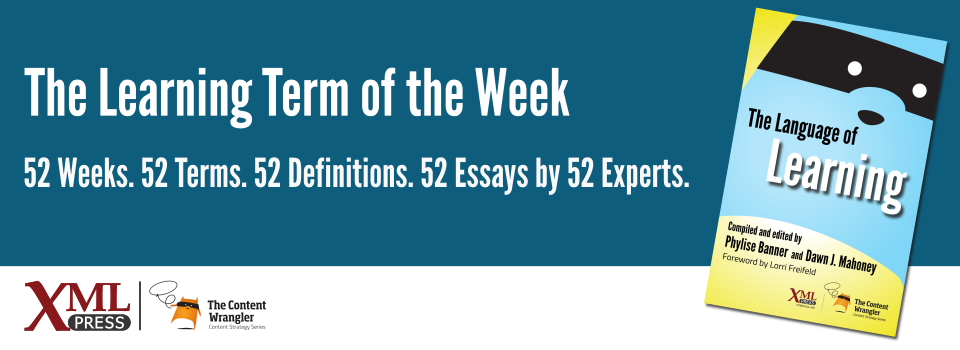What is it?
The re-creation of a situation, process, or experience to allow a learner to imitate, reproduce, or practice behaviors or actions.
Why is it important?
Learning the proper actions and behaviors required in a particular situation before facing that situation in real life could be the difference between success and failure. Replicating a similar situation is a means for learning and exploration in a cost-effective, safe environment. In some cases, simulation may be the only safe way to prepare, practice, and gain mental and muscle memory.
Why does a business professional need to know this?
Humans learn best by doing. Committing something to muscle memory and mental memory takes time and practice. Practice is good, but at the moment it matters, your preparation may not be enough. Applying your practice in realistic situations and conditions is what matters most. Knowing how you or others will apply the knowledge at the moment of need or application relies on many factors and variables.
As a business professional you and your colleagues may face many situations, but how do you know how to act in each situation? Simulation assists in that assessment. Simulation replicates as much as possible the conditional environment and potential variables you might encounter.
Conducted in a safe space without real-life consequences, simulations present situations that allow learners to apply their learning in more depth, considering more inputs. Creating a simulated experience to act and learn from may mean the difference between life and death when a similar situation occurs in real life.
References
- (PHET) Interactive Simulations for Science and Math: Site that contains hundreds of freely available science and math simulations. Based on open-source software.

